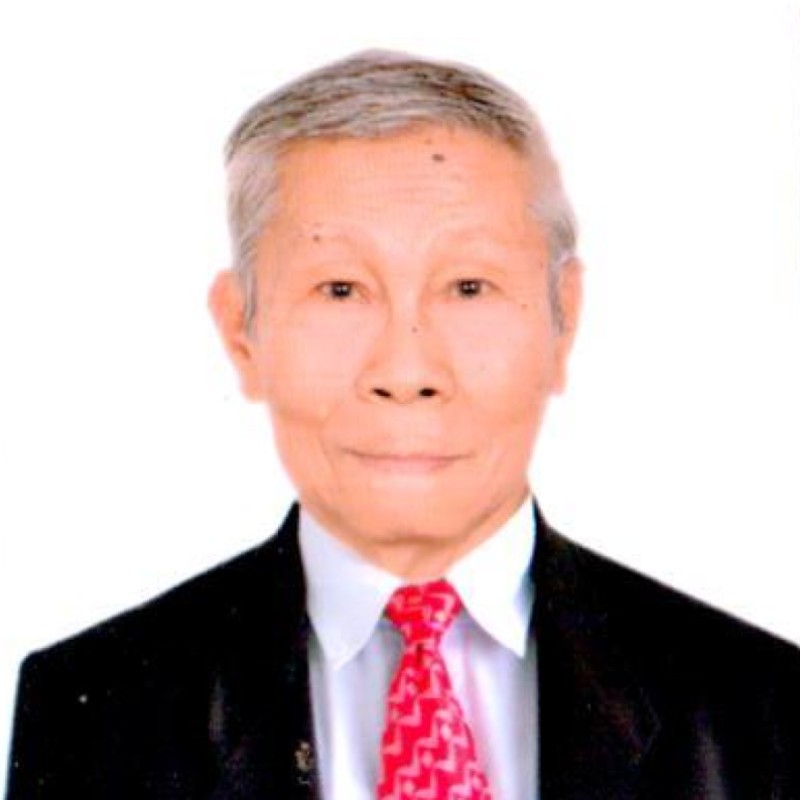GLIMPSES & GAZES
By Severino C. Samonte
Why I am in favor of amending the 1987 Charter
Share
As expected, the move of House Speaker Ferdinand Martin Romualdez to revive the on-and-off proposal to amend or change some provisions of the 1987 Constitution has met strong opposition from some sectors even before it is officially presented to the two-chamber Congress upon its reopening on Jan. 22 after the traditional Christmas and New Year recess.
What is worse is that the gathering of voters' signatures to start again the people's initiative for the revision of the 37-year-old charter is being marred by unproven claims by some quarters that there is grease money involved to entice the prospective signers in some local government units.
As the seemingly endless debates are ongoing, I decided to retrieve from my files a brochure containing a comparative study of the 1935, 1973 and 1987 Constitutions made by the Foreign Service Institute of the Department of Foreign Affairs after the promulgation of the 1987 Charter on Feb. 2 of that year.
In that 128-page brochure, the articles or provisions of the three constitutions were arranged in such a way that one can read and compare a particular provision of one charter with that of the other two at a glance, or without needing to take a look at three constitutions separately.
As I was rereading the articles about the Commission on Elections (Comelec), I suddenly recalled my experiences as a first-time voter more than six decades ago under the 1935 charter.
I voted for the first time in the national elections of Nov. 11, 1961, when Diosdado Macapagal of Pampanga, representing the Liberal Party (LP), won over reelectionist Carlos Garcia of Bohol, the standard -bearer of the Nacionalista Party (NP).
The voting age then was 21 years, unlike 18 years in the 1973 and 1987 Charters.
Although I did not belong to any political party then, being just 21 years old, I was taken as LP member of the Board of Election Inspectors by the party leaders in our place. Such being the case, I had to protect the votes for Macapagal and, of course, vote for him and his party mates, including those in the local level.
Since then, I have gone enthusiastically to the polling place every presidential and local election year.
What I liked most among the past elections were the ones held under the 1935 Constitution, where there were usually only two contending official political parties -- NP and LP.
This was because I knew I was being assured that I was voting for the best presidential and vice-presidential candidates pre-chosen in a national convention by delegates of both parties from a list of several qualified aspirants from across the country's then three major regions -- Luzon, the Visayas and Mindanao-Sulu-Palawan.
It was very much unlike today's political/elections system where almost anybody could run for the presidency, vice presidency, senatorial/congressional or any other elective position provided he or she is a registered voter and has the age qualification.
Yes, those elections under the 1935 Charter were really interesting and memorable. The winning presidential-vice presidential tandem usually came from totally different regions. Meaning, if the president was from Luzon, the vice president was either from the Visayas or Mindanao. Conversely, if the chief executive was from the Visayas, the vice president was from Luzon. This assured a somehow balanced representation for all regions of the country.
Consider these president-vice president partnerships from 1935 to 1969: Manuel L. Quezon (Tayabas)-Sergio S. Osmena (Cebu); Manuel A. Roxas (Capiz)-Elpidio R. Quirino (Ilocos Sur); Quirino (Ilocos Sur)-Fernando H. Lopez (Iloilo); Ramon F. Magsaysay (Zambales)-Carlos P. Garcia (Bohol); Garcia (Bohol)-Diosdado P. Macapagal (Pampanga); Macapagal (Pampanga)--Emmanuel N. Pelaez (Misamis Oriental); and Ferdinand E. Marcos (Ilocos Norte)-Fernando H. Lopez (Iloilo).
What was more, the 1935 Constitution never encouraged nor allowed too many nuisance candidates, although there were sometimes the likes of a certain Pascual Racuyal and Valentin Delos Santos then.
In June 1971, a Constitutional Convention (ConCon) was held to draft a new charter to replace the 1935 Constitution. The new charter became effective in January 1973. One of the nicest provisions of that charter was the prevention of political turncoatism or party-switching by a candidate a few months before an election.
Section 10, Article XII (The Constitutional Commissions) of the 1973 Charters stated: "No elective public officer may change his political party affiliation during his term of office, and no candidate for any elective office may change his political party affiliation within six months immediately preceding or following an election."
On the other hand, the 1987 Charter promulgated after the so-called People Power Revolution of February 1986 provided for a free and open party system to evolve according to the choice of the people.
Aside from this multi-party provision, the existing constitution also established the party-list system of elections where registered national, regional and sectoral parties, and organizations can participate
If the proposed charter change finally pushes through, whether by a constituent assembly, a constitutional convention or a people's initiative, I would like to suggest to the delegates that the provisions on the free and open political party system as well as the party-list system of elections be excluded from the draft charter to be submitted to the people in a nationwide plebiscite.
Comments
About the Columnist

He began his journalistic career by contributing to the Liwayway and Bulaklak magazines in the 1960’s. He was the night editor of the Philippine News Service when Martial Law was declared in September 1972. When the Philippine News Agency was organized in March 1973, he was named national news editor because of his news wire service experience.
He retired as executive news editor in 2003. He also served as executive editor of the Malacanang-based Presidential News Desk from 1993 to 1996 and from 2005 to 2008.
